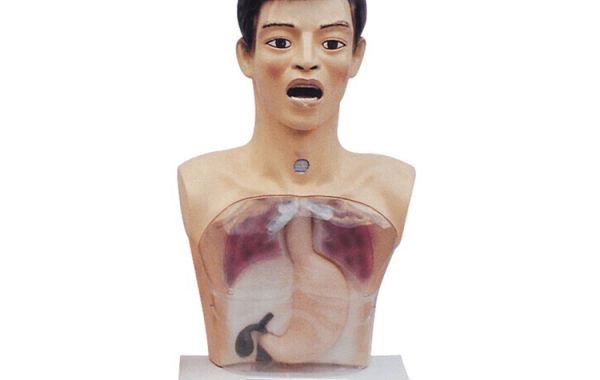A clinical training manikin, also known as a medical simulator or training dummy, is a lifelike model used to simulate human anatomy and physiology for medical and healthcare training purposes. These manikins are designed to help healthcare professionals, including medical students, nurses, and other healthcare providers, learn and practice various procedures and skills in a safe and controlled environment.
Key Features and Benefits:
- Realistic Anatomy: Manikins are designed to accurately represent human anatomy, including internal organs, bones, and tissues.
- Lifelike Physiology:Some manikins can simulate vital signs, such as heart rate, blood pressure, and respiratory rate, as well as respond to different medical interventions.
- Safe Practice Environment:Manikins allow trainees to practice skills without risking harm to real patients.
- Skill Development:Manikins provide hands-on experience, helping trainees develop and refine their technical skills.
- Objective Assessment:Manikins can be used to assess a trainee's performance and identify areas for improvement.
- Cost-Effective Training:Manikins can be used repeatedly, making them a cost-effective training solution.
- Adaptability:Manikins can be used in various training scenarios, from basic skills to complex procedures.
Types of Clinical Training Manikins:
- CPR Manikins:Used to practice cardiopulmonary resuscitation (CPR) techniques.
- Part-Task Trainers: Focus on specific procedures like IV insertion, intubation, or wound care.
- High-Fidelity Manikins:Highly realistic models that can simulate various medical conditions and respond to different interventions.
- Low-Fidelity Manikins:Less realistic models used for basic skills training.
By using clinical training manikins, healthcare institutions can provide high-quality education and training, leading to improved patient care and better outcomes.







